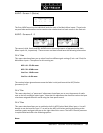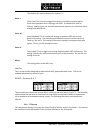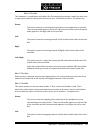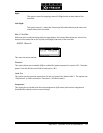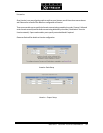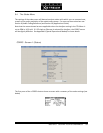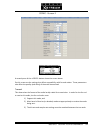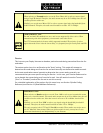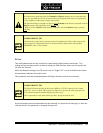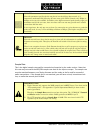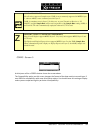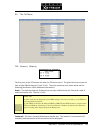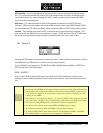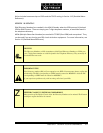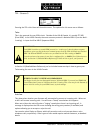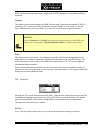
USER’S MANUAL
Section 5: GUIDED TOUR of the MENUS 96
w
IMPORTANT TIP!
It is important to understand that the Transmit and Receive settings on two connected units
may very well NOT match. This is because there are frequently times when it is appropriate
to use a different coding mode coming versus going.
The important thing to remember is that the local Transmit mode must be compatible with the
Receive settings and capabilities of the far end unit.
Whereas the local Receive mode must be compatible with the Transmit settings of the far
end unit.
c
COMPATIBILITY TIP!
Some brands of codecs have proprietary protocols implemented. These codecs require that
they be placed in "Independent mode" or bi-directional communication with standard
ISO/MPEG codecs is not possible.
Bit Rate
Thissettingdeterminestheper‐channelbitratedusedfordigitalaudiotransmission.This
settingsetsupthecodecsectionaswellastellingtheISDNinterfacewhatratecalltoplacethe
calloverthenetwork.
WhentheNetworksettingintheTELmenuissetto"SingleV.35"oroneofth
eEthernetmodes
thisparameterindicatesthetotalbitrate.
ThisparametermustbematchedbetweentheZephyrXstreamandthefarendcodec.
c
COMPATIBILITY TIP!
The Zephyr Xstream specifies the bit rate per ISDN or V.35/X.21 channel. Since certain
modes (i.e. stereo or mono-128) require two channels to operate, the total (aggregate) bit
rate would be double the number displayed in these cases.
This is important as some other brands of codecs specify the total bit rate.
Sincethenetworkmustaccommodatetherateselected,itisimportanttohangup(i.e.dropthe
call)andredialifthisparameterischangedduringacall.



